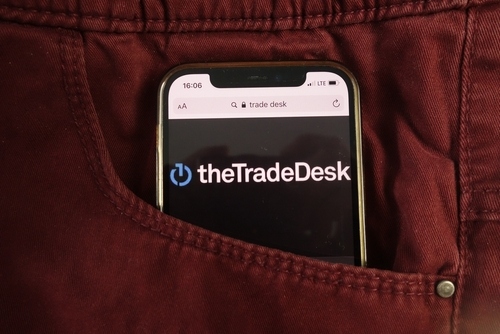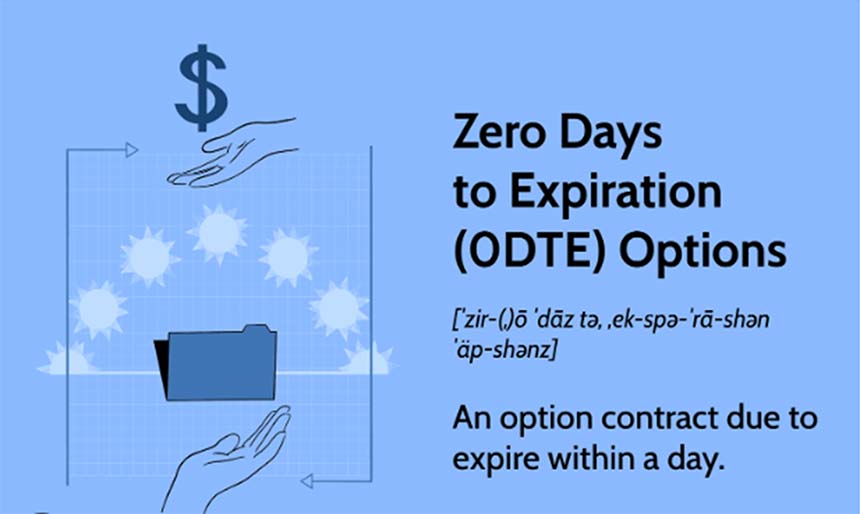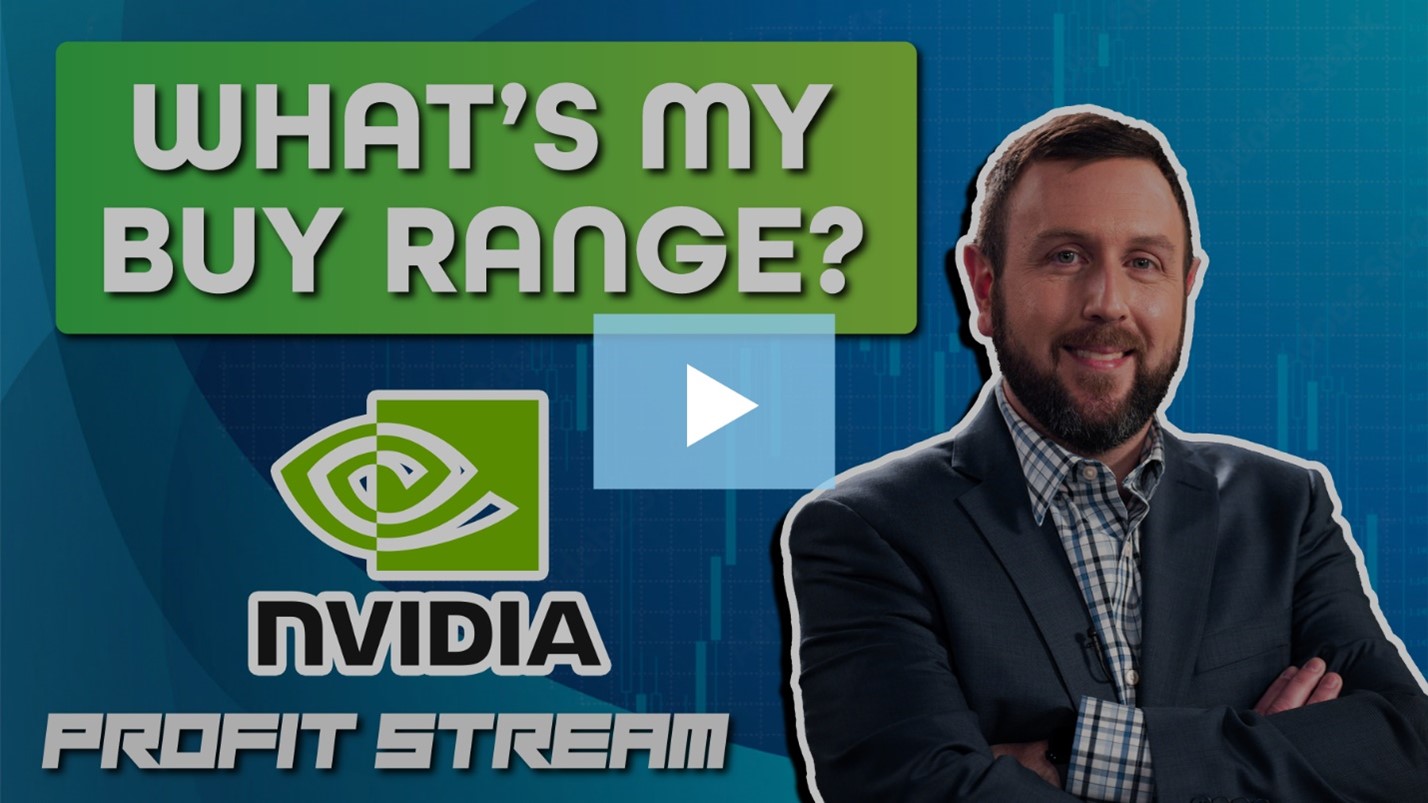Why Isn’t Anybody Talking About This?
Editor’s Note: The markets have been in turmoil this week – with the recent collapse of Silicon Valley Bank being a major contributor.
That’s why, in today’s guest editorial, our friend Andy Snyder is showing readers how this development is leading to a great investment opportunity in a tiny sliver of the market.
Nobody is talking about it – but we wanted to make sure you heard it here first.
Click here to learn more about this free opportunity.
– Ryan Fitzwater, Associate Publisher
We know it’s a good time on Wall Street when ol’ Barney Frank is in the news.
The Massachusetts Democrat was a household name in 2009 when he was hashing out the powerful banking regulations that bear his name.
He’s now long retired from Congress. He’s been out of Washington for a decade.
But proving the irony, hypocrisy and often flat-out criminality that come with a career inside the Beltway, the 83-year-old is back in the headlines.
This time, he’s not writing the heavy-handed laws that are supposed to keep banks out of trouble.
Nope.
He’s helping to run a bank that was just taken over by the FDIC… despite the oh-so-heavy-handed regulations he wrote.
That’s right… the former lip-quivering industry watchdog is now on the board of Signature Bank – the third-biggest bank failure in U.S. history.
Kind of ironic.
Of course, the former politician says it’s not the bank’s fault. It’s pure politics.
He says that the bank didn’t need to shut down… that it could have solved its own problems.
Frank blamed the company’s open-arm policy toward crypto. “I think part of what happened,” he said, “was that regulators wanted to send a very strong anti-crypto message.”
Signature – which also lent money to many in Trump’s inner circle – opened its doors to crypto in 2018.
It was a move regulators didn’t like.
Rising rates have caused crypto to falter in recent months. It gave regulators with an itchy trigger finger a solid excuse to make a move and send a message.
But it appears an important part of the message was lost in translation.
Bitcoin’s price has risen nearly 20% this week.
There’s a lot going on here. All of it is important for investors to understand.
There’s certainly too much to cover in this short column.
But we want you to understand two key things.
Crypto Moves
First, the crypto market is responding primarily to just one thing. It’s not regulations. And it’s not the health of the economy or the rate of inflation.
It’s what we’ve been saying for many moons now.
Interest rates drive crypto.
When rates are rising, the speculative, “greater fool” dollars pushing Bitcoin and its brethren higher dry up. When rates fall, that money pours back in.
Money goes where money is treated best.
After a handful of rate-induced bank failures, Wall Street has done a quick about-face on rates. Some folks are now betting on a full 100-basis-point reduction in rates by the end of the year (assuming there are any banks left to actually lend money).
That’s extremely bullish for crypto.
It’ll drive regulators nuts.
And second, Barney was right. The feds are going after crypto. And they’re going about it like a pussyfooted backyard bully.
They’re too scared to go after the market head-on and take it down in one fell swoop, so they’re sneaking around, slapping the weak and timid in the back of the head.
The long-term effect will be the same. All legit crypto will someday (probably soon) be regulated.
It should be.
The short-term effect of regulators’ actions, though, will be a scattered and volatile market. A schoolyard bully never wants the rest of the playground on its toes.
There’s a solution to this problem, though… one that you should take advantage of.
It’s a tiny sliver of the market that virtually nobody is talking about. It’s brand-new.
It already has the blessing of the SEC. And it offers profit opportunities that are just as good as – if not better than – those in the “traditional” crypto space.
Again, it’s too much to cover in this column.
![]()
YOUR ACTION PLAN
You can get all the details in this fast-moving video we just released. It explains it all… and gives away one of our top ways to play this new, game-changing sector.
It’s available for free to all readers today.
Be well,
Andy
FUN FACT FRIDAY
Honey, Maybe We Don’t Need to Pull All Our Cash Out of the Bank? While the markets have been volatile this week following the collapse of SVB, bank failures are actually relatively common… and this is nothing like 2009-10. As you’ll see in the chart below, those were the two most prominent years for bank failures over the past two decades, with a combined 297 failures. But it’s not just the quantity of bank failures that matters – it’s also the size of the banks. SVB is relatively small compared with big banks like Wells Fargo, JPMorgan Chase and Bank of America. Breaking it down further, SVB had approximately $209 billion in total assets and about $175.4 billion in deposits as of December 2022. Wells Fargo, on the other hand, had $1.875 trillion in total assets as of 2022. And despite the panicked sentiment, we’ve navigated these markets in The War Room by buying bank dips and using proven strategies for taking gains during volatile markets.
More from Trade of the Day
The No. 1 Insider Stock for 2024?
Jul 26, 2024
Why I’m Buying This 3-month Trigger Catalyst
Jul 24, 2024
Jul 23, 2024


























